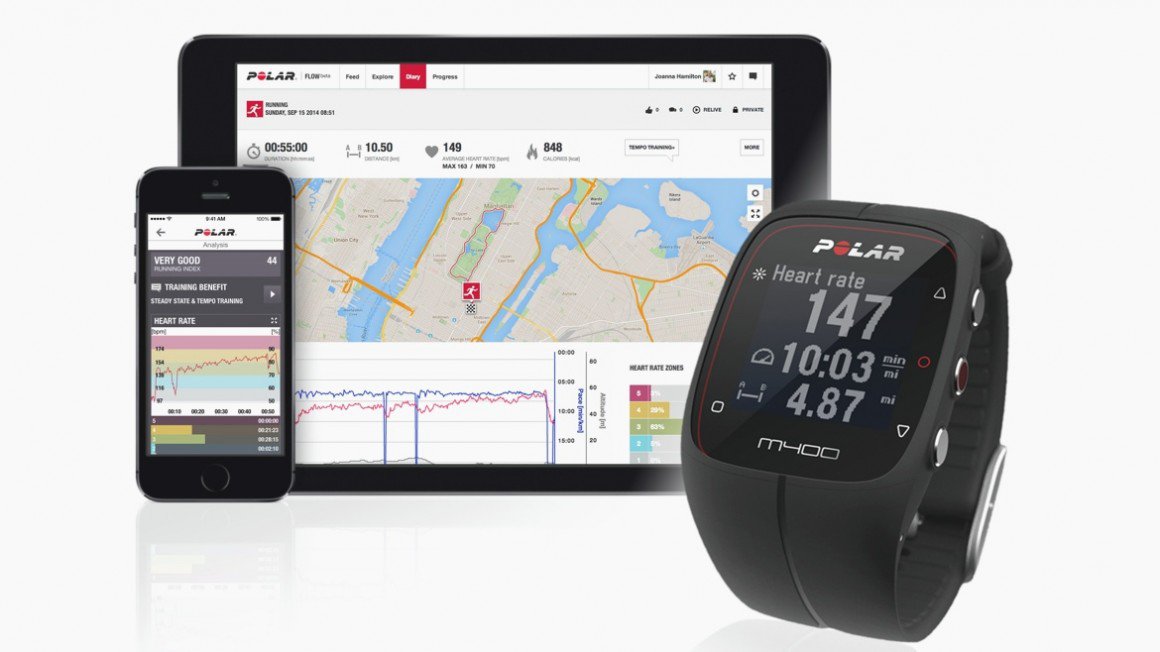“The Halsverlenger: How, What, and Why?” ~ Georgina Roberts
 Equilife and Western Shoppe will give one neck elastic away FREE to one lucky reader who likes, shares, and uses the #livingthelifestyle on any Equilife post in September. The winner will be announced on our Facebook page 1st October
Equilife and Western Shoppe will give one neck elastic away FREE to one lucky reader who likes, shares, and uses the #livingthelifestyle on any Equilife post in September. The winner will be announced on our Facebook page 1st October
GADGETS
At the same time, it is important to stress that there is no replacement for good schooling and conditioning. Your horse will ultimately need to learn how to balance himself and muscle up accordingly, with the rider’s seat and hands allowing and encouraging the correct progression. But where there is a fundamental problem and the rider is less than experienced, an alternate solution may help to speed this process up by allowing both parties to get the correct feel for such work. Also, do not assume that your groom or yard manager knows how to use a specific aid. Remember to also use well-fitting lunge equipment, gloves, and to place handler safety first. Also make sure that your horse is not resisting the work due to a physical problem, such as sharp teeth or ill-fitting saddle.
Artificial aids should not be used non-stop within a session, and should be loosened or removed to allow for walk breaks. Just as a human athlete needs a chance to allow blood back to his muscles, to make your horses’ training truly effective he too needs rest breaks. This will give him a chance to regroup and then continue working correctly once the artificial aids are reattached.
WHAT
Halsverlenger (hals·fer·len·er) or neck elastic.
HOW DOES IT WORK
It is basically a high-tensile elastic that puts the main pressure on the poll, and secondary pressure on the bit. It stays at a set length and the horse finds the release as he drops his head, teaching him to stretch the back and neck, and strengthen the muscles in this position. It can be adjusted in length at the top of the poll, and ends in two clips.
WHAT HORSE WOULD BENEFIT FROM IT
A very ‘upside-down’ framed horse, or one that fights the direct contact of a side-rein. As the majority of the pressure in on the poll it encourages them to soften from there, right through the neck into the back. Particularly off-the-track type Thoroughbreds undergoing reschooling can learn to activate and strengthen the correct muscles with this, as often the most difficult part of reschooling is activating the correct muscle memory. It can be used when riding it can increase control e.g. for children riding school ponies – being an ‘unemotional’ aid (i.e. not controlled by the rider) the horse decides the amount of pressure and there is immediate release when in correct frame; the rider’s experience is not required to use this sensitively. By maintaining the horse’s frame, a certain degree of control is retained, which allows the rider to focus on their riding.
HOW TO FIT IT
It should not be so loose that the horse is allowed to get his nose beyond the vertical, or pull the poll excessively high (in reschooling aim to have the poll at least the level of the wither), but not so tight that they are forced to shorten the neck and overbend, obstruct the airway, or panic. It might be necessary to adjust the length several times until the ideal length is found. It is also suggested that the elastic is loosened in between rein changes to allow the horse to relax and walk free before taking up the frame again.=
HOW TO USE IT
It can be used on the lunge, or can be used under saddle as mentioned. It is usually fitted over the poll, through the rings of the bit, and clipping onto a ring on the girth between the front legs. However, the clips can rather attach onto the sides of the girth, depending on what you are hoping to achieve – this could create a more ‘on the bit’ frame as opposed to a downward stretching frame.
WHAT TO BE CAUTIOUS OF
Horses can get fatigued when fitted too tight or not allowed breaks to stretch and relax. This can lead to a ‘broken’ neck, where they bend the neck at the third vertebrae instead of the poll, leading them to hide behind the bit (i.e. carry the nose is behind the vertical) which would also drop the lower back. As with any aid fitted to the front end of the horse, plenty of riding from behind (or encouragement from the ground with a lunge whip) is needed to engage the hindquarters and get the horse to push through the body into the bridle





